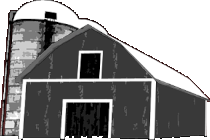So, I'm on a game development team.
By
Seattleite, in Gaming in general
Sign in to follow this
Followers
0
-
Who's Online 3 Members, 0 Anonymous, 916 Guests (See full list)


